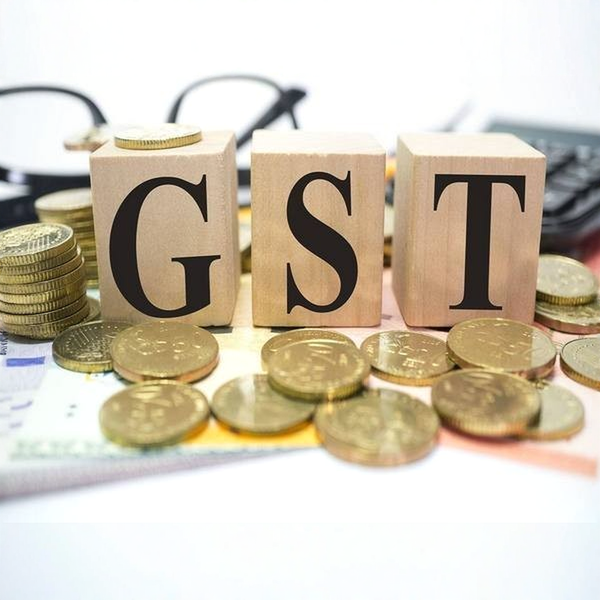Subtotal $0.00
Source: ANI News
The financial impact of the proposed Goods and Services Tax (GST) rationalisation of the government revenues will not be overwhelming, a UBS report says, projecting the market size of the reduction in little over Rs. 1.1 trillion, or approximately 0.3 per cent of GDP.
In its financial year 2026 report, UBS commented that the amount expected to be lost in revenue in 2026 by the government due to surplus cess collections, as well as over-budget dividend transfer by the Reserve Bank of India, offsets the estimated revenue loss of Rs. 430 billion (0.12 per cent of GDP).
The report indicated the fact that the reduction of GST can potentially produce an even bigger effect on consumption than the reduction of either personal income or corporate taxes. This is in part as GST will have a direct impact on spending at the time of purchase. By reference to a study published by the National Institute of Public Finance and Policy, UBS demonstrated that multiplier in GST is -1.08 where multipliers in personal income tax and corporate tax are -1.01 and -1.02 respectively.
During the Independence day speech given at the ramparts of the Red Fort, Prime Minister Narendra Modi had declared next-gen GST reforms in the future before 2026 that will help consumers, small industries, and MSMEs.
The Finance Ministry followed it shortly by its blueprint of a simple two-tier GST structure using three pillars: structural reforms, rate rationalisation and ease of living.
It is learned earlier this week the Central government has suggested to abolish the existing 12 per cent and 28 per cent slab of GST rates and retain only 5 per cent and 18 per cent GST rates.
According to government sources, under the initiative there is a proposal to migrate 99 per cent of 12 per cent slab to 5 per cent slab and 90 per cent of the items in the 28 per cent slab to 18 per cent slab.
The sources informed that GoM will study the proposal and a GST council meeting is likely to be convened in September-October to discuss the proposal.
Products in 12 per cent could shift to 5 per cent and those in the 28 per cent bracket are expected to be assigned 18 per cent. The tax on luxury and sin goods (latter includes cigarettes, other tobacco products, carbonated drink, high-end automobiles and intoxicants) will be increased with a sin slab rate of 40 per cent as the report mentioned.
Areas like processed foods, garments, footwear, construction materials, tractors, hotels, two-wheelers will benefit with the minus of 12 per cent slab.
The compensation cess of Rs. 1.7 trillion that was initially imposed to make up state revenue shortages will also expire prematurely before the March 2026 deadline in which related loans are repaid. This, according to UBS, will free the government fiscal space to harmonise GST rates in the new arrangement.
Another note made by UBS was that a reduction in GST rates would be deflationary, which would improve inflationary pressures thus paving the way to an additional monetary policy relief. As inflation has been held in check, the repo rate may touch the 5.0-5.25 per cent band, with scope of another 25-50 basis points reduction in the rest of FY26. (ANI)



